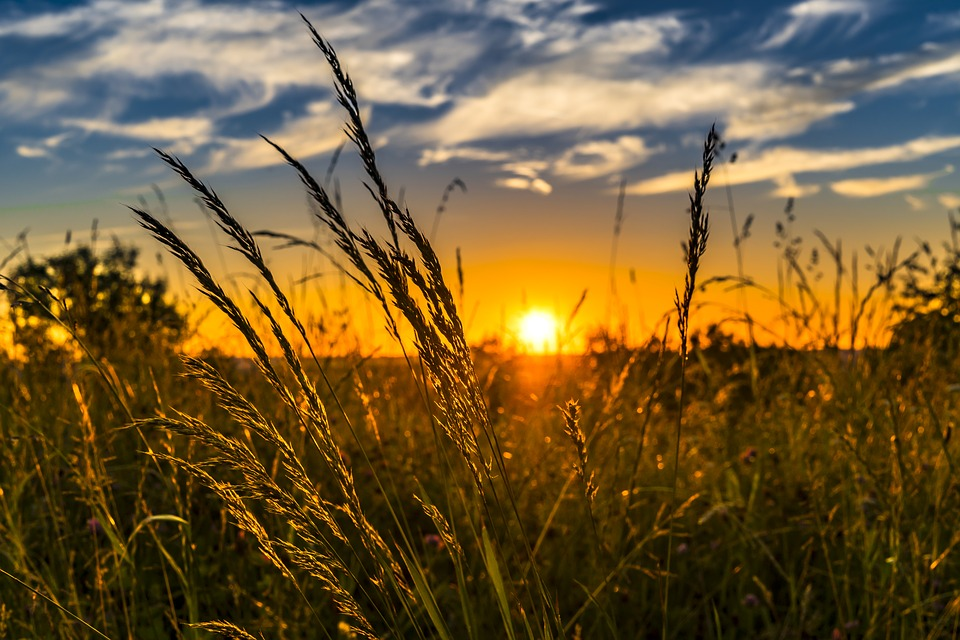How Do Farmers Protect Crops From Birds? Find Out Here
Though often viewed as pests, birds can actually be quite helpful to farmers. Birds eat insects that can damage crops, and they also help to spread pollen and seeds. However, when there are too many birds in one area, they can do serious damage to crops. Farmers use a variety of methods to protect their crops from birds, including scarecrows, nets, and birdhouses. This article will explain those methods, so read on.
By Using Seed Treatments
Birds are known to damage hundreds of acres of field and sweet corn before it ever has a chance to emerge. One way that farmers protect their crops from birds is by using seed treatments. A lot of farmers use these because they are an inexpensive way to keep birds away. This type of bird repellent for cornfields can be applied directly to the seeds before they are planted, and it works by giving off a scent that is unpleasant to the birds. The birds do not like this smell, so they won’t eat newly planted seeds. They immediately move on after attempting to consume newly planted seed, leaving your newly planted field untouched. However, the scent of these treatments will disappear over time as the corn grows and matures.
By Using Scarecrows
Another way that farmers protect their crops from birds is by using scarecrows. Farmers have been using scarecrows since the 1920s, and they often continue to use them to this day because they work really well. The majority of scarecrow designs commonly found in fields today are based on human forms, but some animals can also be used as a form of a scarecrow. They typically feature a bunch of props that are meant to look like a farmer. The idea is that the birds will spot these figures and believe that they are real people or other threats, so they leave the area alone. This design is used to scare away a variety of birds, but it is most effective with smaller bird species.
By Using Nets
Many farmers also protect their crops from birds by using nets. These types of bird repellent can be placed over the crops, or they can be strung up around trees and other structures. The netting tends to be very thin, but it can actually be quite effective. Bigger birds that are looking to eat the crops often get caught in these nets because they are unable to break through them. However, smaller birds usually fly right over them with no problem. If you are thinking about using nets, make sure that they are only used around small birds.
By Using Natural Repellents
Farmers also use repellents like oils or powders that are made from natural ingredients. The idea is that the natural repellents will cause the birds to become irritated when they come in contact with them, so they leave the area alone. These products can be sprayed throughout a particular area of land or applied all at once, in order to protect the crops in that area. They are known for being inexpensive and effective against smaller birds. Usually, ingredients that are used include things like garlic, red pepper, and capsaicin. To make sure that these products are really effective, you will need to apply them on a regular basis, if not every day.
By Using Chemical Repellents
In addition, some farmers also protect their crops from birds by using chemical repellents. These products are typically sprayed around the area that they are meant to protect, and they often contain things like methyl anthranilate or anthraquinone. These chemicals can be rather hazardous to the environment, so it is important to remember not to use them too much and too often. These are typically the most expensive products of all, but they can be rather effective against various types of birds that range in size.
By Using Technology
Another thing that farmers often use to protect their crops from birds is a type of technology. This is usually something that emits ultrasonic waves, which humans are unable to hear but birds can. The idea behind this type of product is that it will emit waves that scare away smaller bird species like sparrows and blackbirds. The sound waves cause the birds to become irritated and leave the area, but they will not affect other animals. This type of product can be used along with other methods, and it is adjustable and easy to set up.
By Using Sound Cannons
Besides using scarecrows to scare away birds, many farmers also use sound cannons. These also work by emitting loud sounds that humans cannot hear, but the birds can. This will cause them to immediately leave the area, so they do not get hit with the cannon’s sound blast. While this method definitely works, it is important to note that it should be used sparingly. Using this method too often can cause birds to get used to it and become immune, so you will need a variety of methods if you want a long-term solution.
Don’t Forget That Birds Can Be Useful Too
While birds can be pests, they can also be very helpful too. Birds are often used to reduce the population of other insects that are considered pests to humans and their crops. This is especially true when it comes to snails, slugs, and moths. In addition to this, birds are also used for pest control in orchards and vineyards. One example is providing a nesting area for barn owls near fruit trees. Owls eat many of the rodents that eat these crops, so having them nearby can be very beneficial to farmers. It’s important to know the benefits birds can have, so you can be more objective when it comes to attracting or deterring birds. This is why you shouldn’t kill birds, and you should only try to attract them if possible.
There are hundreds of different methods that can be used to fight back against the birds, so there is no one-size-fits-all solution. Farmers should try to come up with a combination of methods and change them up frequently in order to stay ahead of the birds.





